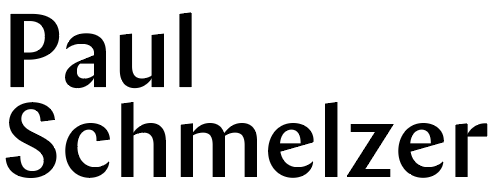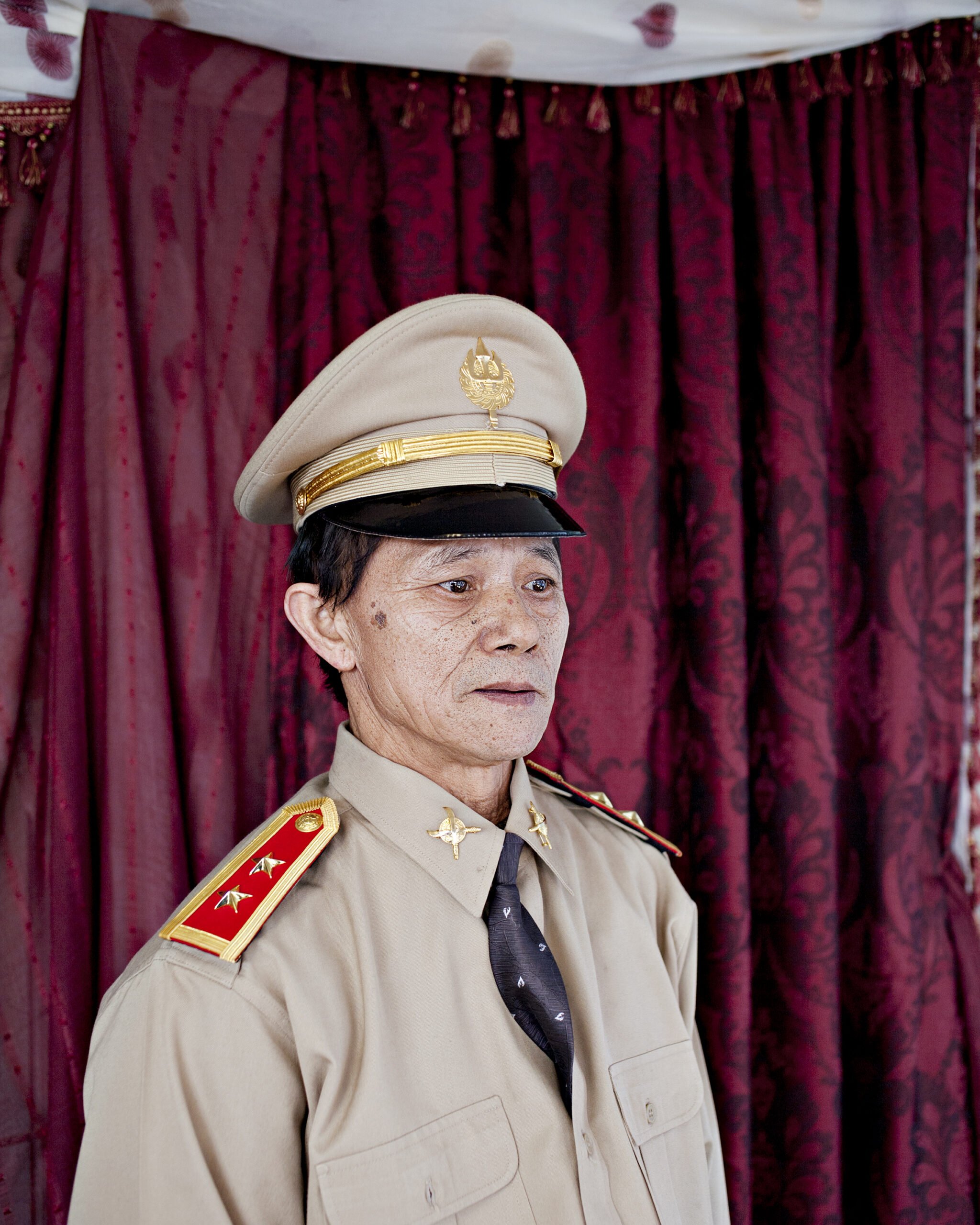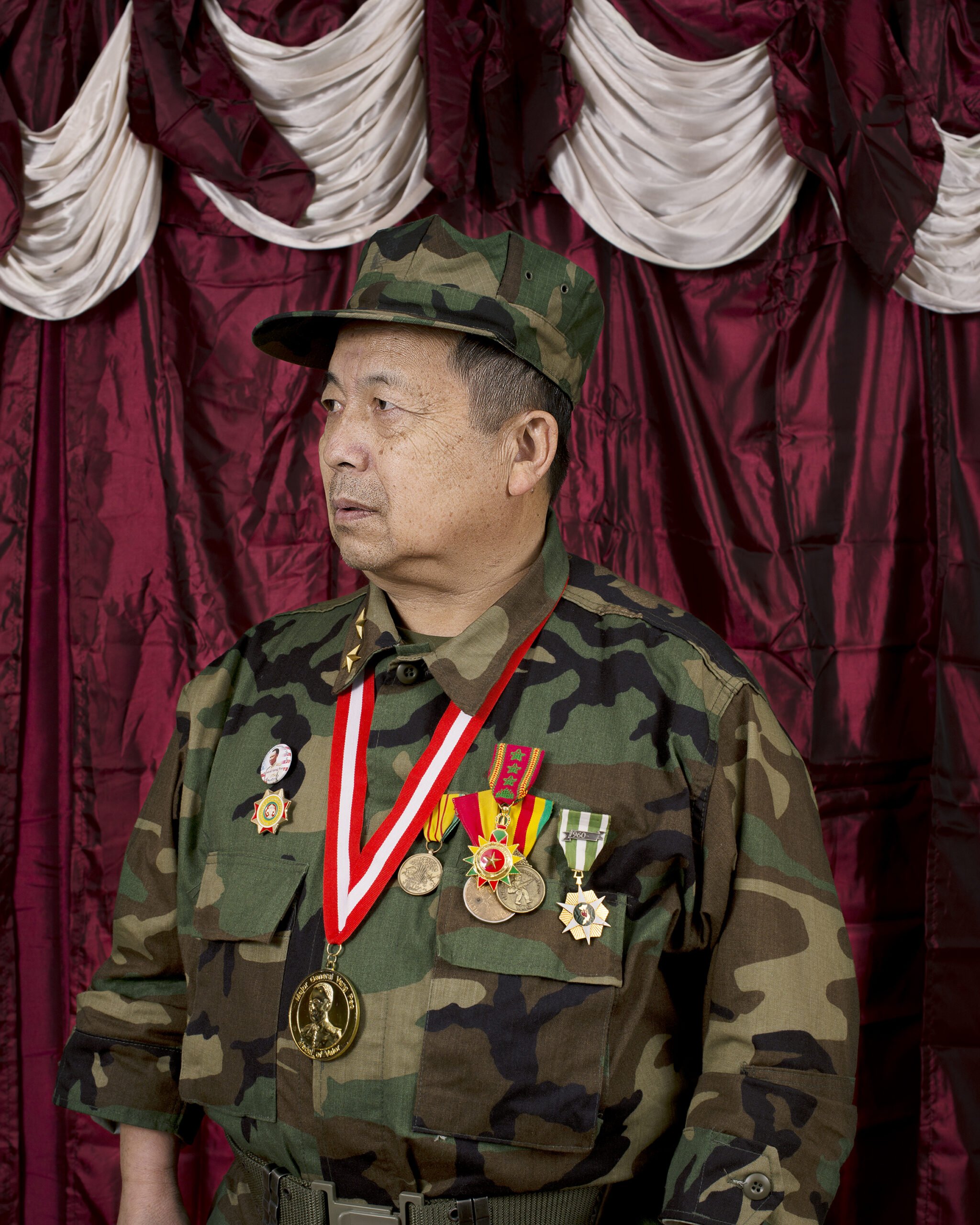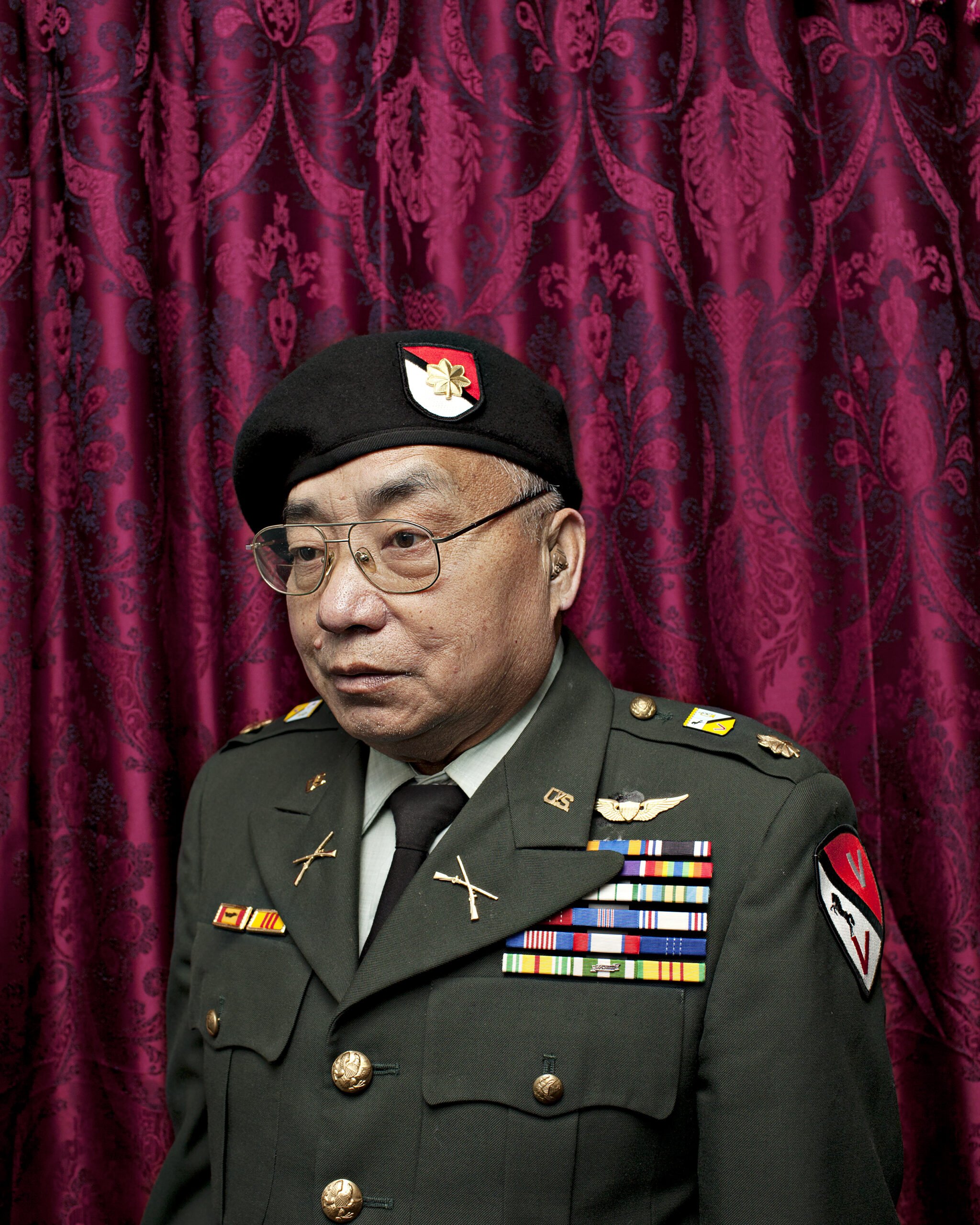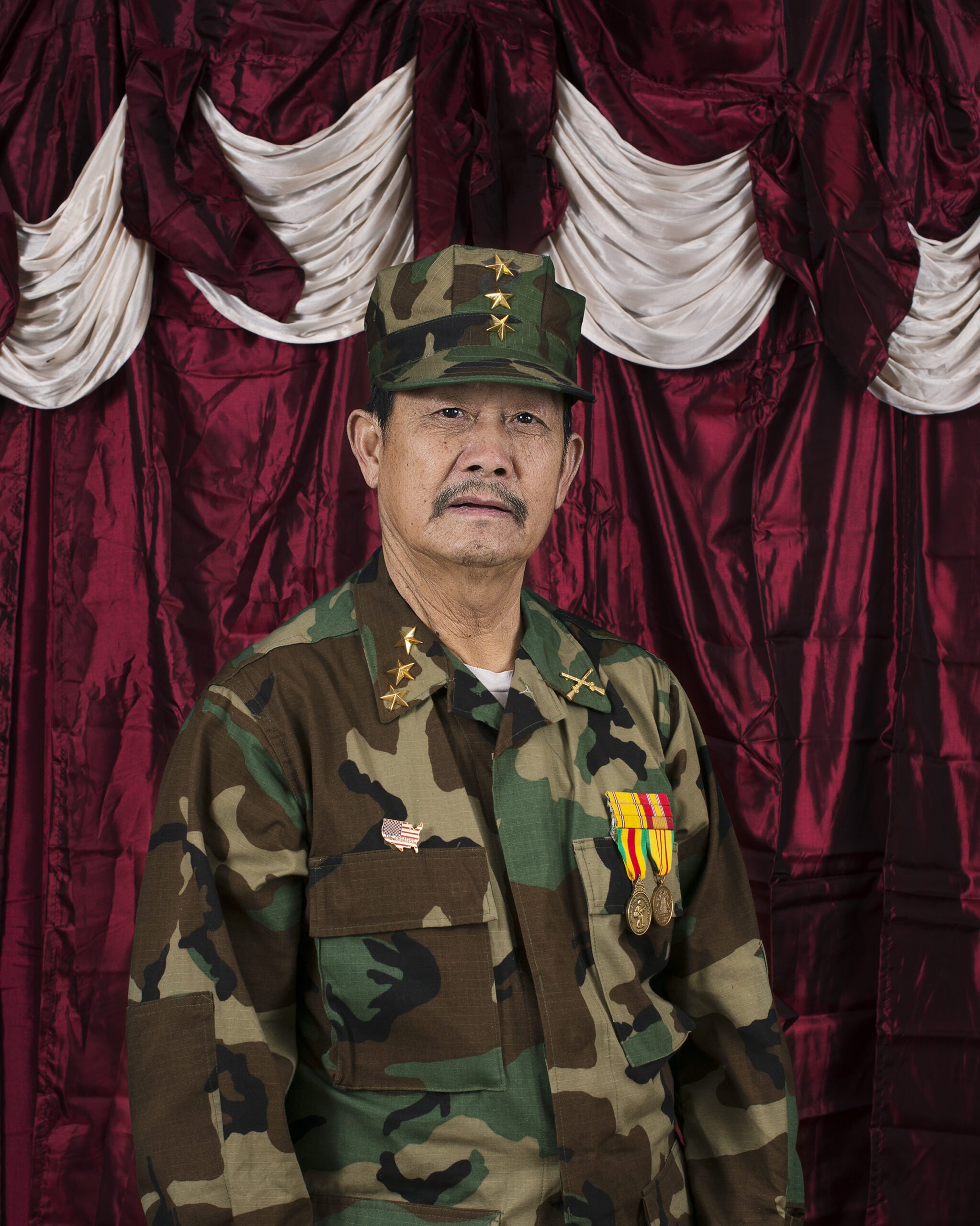Pao Houa Her was sixteen years old when she saw someone who looked like her on an art museum wall for the first time. Born in Laos and having arrived in the US as a refugee at age three, she was viewing photographer Wing Young Huie’s 1998 Walker Art Center show, which depicted, among others, Hmong residents of St. Paul’s Frogtown neighborhood. The exhibition was an inspiration for Her to take up photography, a move that led her to study at the Minneapolis College of Art and Design, where she earned her BFA, and at Yale, where she was the first Hmong graduate of the school’s photography MFA program. This year marks a momentous return to the Walker for the Twin Cities–based artist: it’s the site of her first solo museum show, Paj qaum ntuj / Flowers of the Sky—an honor that follows her appearance in the 2022 Whitney Biennial (where 54 of her photos were featured) and her third-place prize in the 2022 Outwin Boochever Portrait Competition at the National Portrait Gallery, where her photo is currently on view.
To inaugurate the newly redesigned website for Bockley Gallery (more on that soon), I interviewed Her about her practice and the thread of desire that weaves through all of her work—from the longing for a Hmong homeland for community elders displaced by the war in Vietnam to the search for official recognition by Hmong soldiers who were guerrilla fighters for the US but continue to be denied veterans benefits today.
Her works can be deceptive. Often shot in a traditional Hmong portraiture style, her photos also tell deeper, more complex stories. The portraits of Hmong women in the After the Fall of the Hmong Teb Chaw series, for instance, honor Hmong elders, but also nod to a scandal in the community: these women were victims of a Hmong swindler who promised them a stake in a fictitious Hmong homeland (or teb chaw) in Laos. Shot at a St. Paul senior center and the Como Conservatory, the imagery appears to be set in the lush jungles of Laos, but the reality of their displacement is betrayed by subtle details (a visible cord or electrical outlet, a mix of real and artificial plants).
Pao Houa Her, untitled (portrait), 2017
After the Fall of Hmong Teb Chaw series
The Attention series (2012–2014), too, carries a deeper meaning. Mimicking the aesthetic of traditional military portraiture, the series showcases Hmong soldiers, in dress uniforms, chests laden with medals, and often appearing against a backdrop of red velvet. But while she’s honoring these men on the walls of museums, she’s unable to name them, due to the Stolen Valor Act, which prohibits impersonating military personnel.
She tells me:
With these men, the uniforms and the medals that they wear are not US sanctioned. They’re not provided for them by the United States Army. They’re going out and buying their own uniforms, their own medals, their own pins, and they’re giving it to themselves. There’s that aspect.
Then one has to wonder: if they were in the US military, would they be getting all that? Maybe they would; I don’t know. Then the other aspect: I get that the United States Army has completely forgotten about them and that it’s important to them to be seen. And, as a person who’s making these photographs of them, maybe it’s important for me to name them. Maybe I am contributing to that continued erasure, but also I feel like: why is it up to another Hmong person—why is it up to me to do that, to give them names, when it should be the job of the people who are erasing them?
Please read, “Homelands Lost, Constructed, Reimagined: An Interview with Pao Houa Her”
